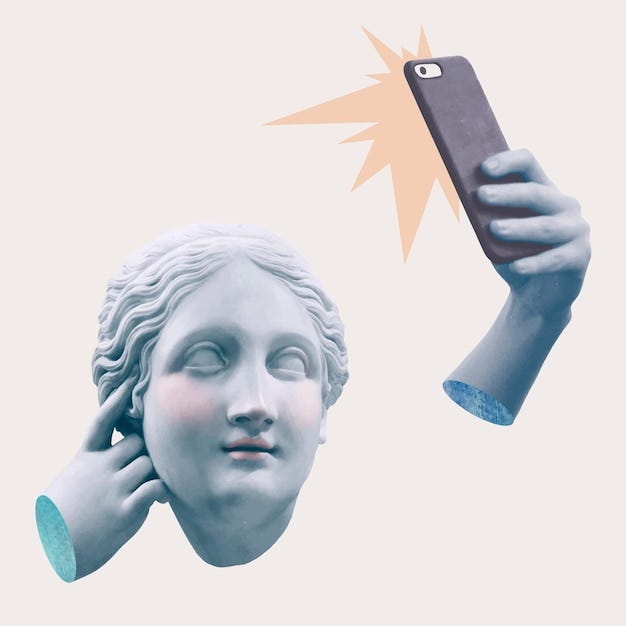The Digital Union: Marrying Algorithms in a Modern Era
Written on
Chapter 1: The Evolution of Collaboration
In contemplating our existence in a tech-driven world, we must ask ourselves: who are we without the influence of digital technology? Throughout history, our survival has hinged on our ability to work together. This collaborative spirit has been a powerful force, allowing humanity to navigate countless challenges.
The most impactful strategy in our quest for survival has undoubtedly been education.

Indeed, the transmission of knowledge across generations has been pivotal in our progress. But why do we invest our time and resources in preparing the youth for the future? If we won't be around forever, why not let the next generation tackle their own issues independently?
While these questions may seem trivial, they can provide valuable perspective. Long ago, our ancestors spent their days foraging and hunting for sustenance. Today, we simply tap on an app, and a meal arrives at our doorstep within minutes.
Why the drastic transformation? Why does human history continue to evolve? It appears that we have advanced more in the last few decades than in all of history combined. The rapid acceleration of scientific progress raises questions about the nature of time itself, which now seems elusive and uncontrollable.
In earlier times, our grandparents lived simple lives centered around basic needs: eating, protecting themselves, traveling, and resting. However, contemporary concepts of food, safety, transport, and rest have become increasingly complex, mirroring our relationship with time.
Since the inception of collaborative efforts, we’ve established a reality where the collective imagination can manifest ideas into existence. This ability to distort reality has become a hallmark of our humanity, setting us apart from other species.
We have developed a craving for creativity, with the greatest joy often found in the collaboration of ideas. Our projects have become so immense that one generation can struggle to complete them, necessitating the preservation of knowledge to equip our descendants for future endeavors.
Our imagination transcends time and space, enabling us to bend the temporal rules and prove that our presence can outlast our physical existence. The enduring spark of curiosity fuels a perpetual drive to innovate and overcome life's challenges.
The art of collaboration has generated endless possibilities, and throughout history, we’ve worked together, compensated one another, and entrusted our legacy to the next generation.

Chapter 2: The Shift to Digital Knowledge
However, this fundamental premise is now under threat. The passive nature of printed knowledge stored in books has been replaced by the dynamic, ever-present nature of digital information. Knowledge is no longer static; it actively seeks us out, constantly evolving and ready to guide us.
Are we entering a new era where we might "marry" an algorithm?
What do you think?
This first video titled "Stable Marriage Problem - Numberphile" delves into the mathematics behind the stable marriage problem, showcasing the interplay of algorithms and human relationships.
The second video, "Stable Marriage Problem (the math bit)," further explores the intricacies of this mathematical challenge, shedding light on how algorithms can guide decision-making in our lives.
Subscribe to DDIntel Here.